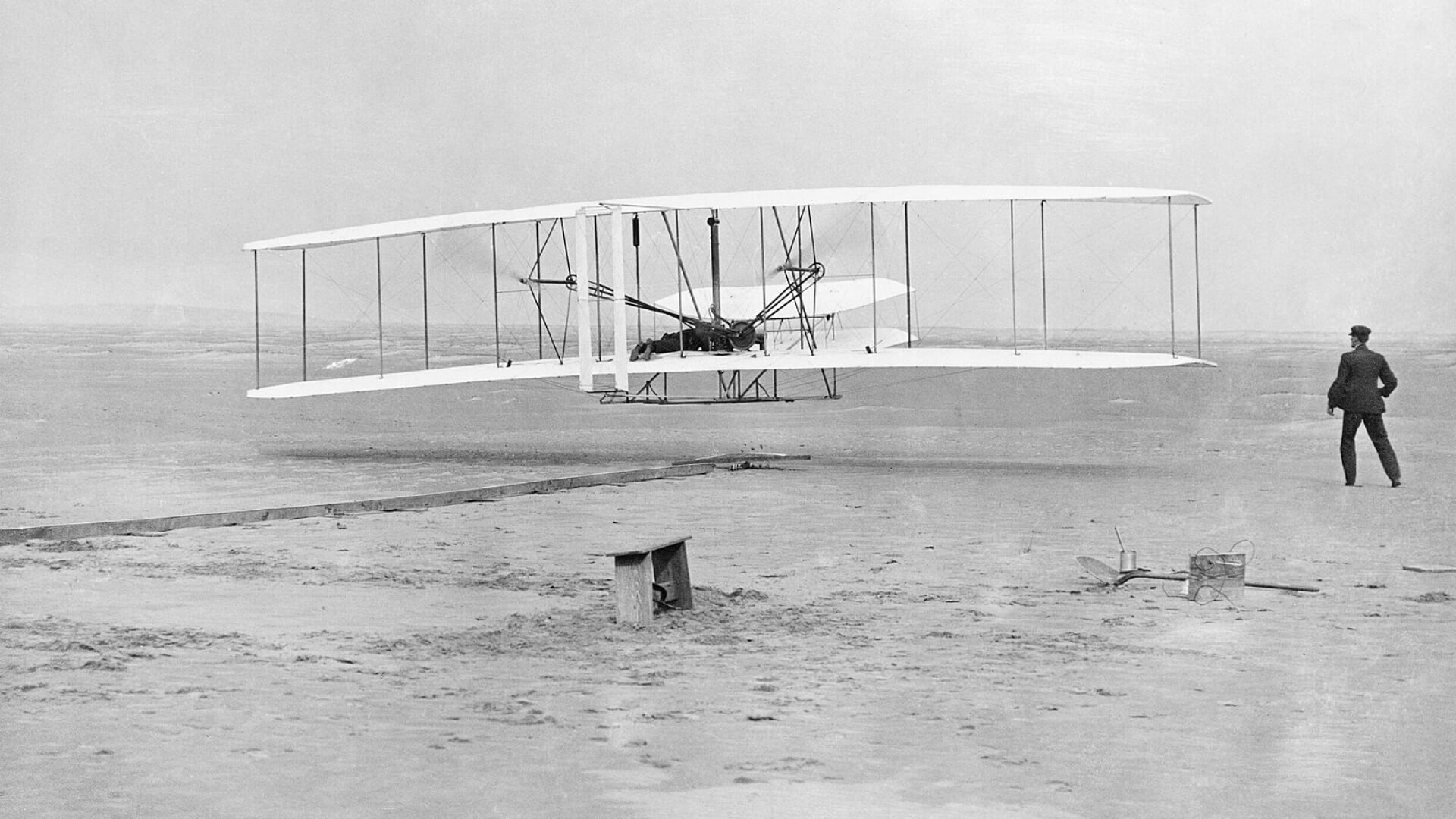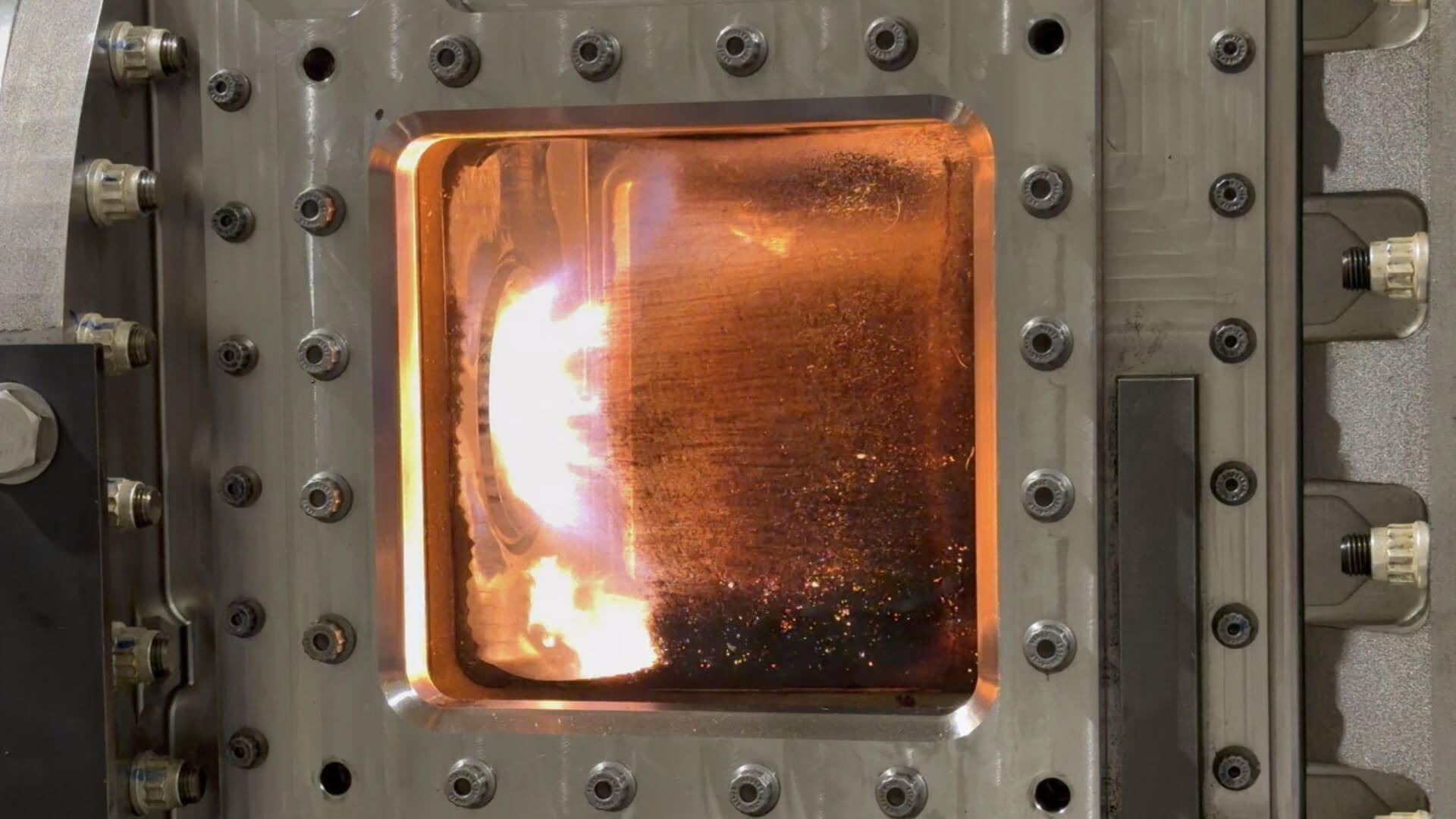Nothing gets the Boom team talking more than mentions of seminal aircraft, especially those that advanced aerospace technology while breaking records.
With a 70-year-old icon of the skies like the F-4, there’s much to learn from its development and decades of operation. At a recent Museum Monday event on Twitter, the Boom team explored F-4 history with Seattle’s Museum of Flight and Senior Curator Matthew Burchette.
From the floor of the Museum, which houses a McDonnell F-4C (F-110A) Phantom II, Burchette answered questions about this supersonic jet that was a regular sight in the sky for close to seven decades.
The F-4 Phantom has been in service for a long time. How many were built?
Matthew Burchette/Museum of Flight: The F-4 was a real game-changer, and with a total of 5,195 built, it’s the most numerous U.S. supersonic jet ever produced. If you consider all aircraft programs, Russia’s MiG-21 Fishbed takes the prize. There were more than 11,000 of them built.
What makes the F-4 so great? Some may say it’s not the most “elegant” aircraft.
Since there were so many F-4 Phantoms built, are there any countries besides the U.S. that used them?
Matthew Burchette/Museum of Flight: Yes — it’s actually a long list. Some of the top users of the Phantom are Israel, Germany, Iran, Japan, and Great Britain. Here’s a fun fact: Great Britain was the only other user (besides the U.S.) to fly the Phantom as a carrier-based aircraft.

The F-4 had some pretty odd nicknames. What are they?
Matthew Burchette/Museum of Flight: The Phantom did have a lot of nicknames – some of the nice, some not so nice. Some of my favorites are “Rhino” and “Snoopy” because of its big nose, “Lead Sled,” “Big Iron Sled,” “Flying Footlocker,” and the “Flying Anvil” because of its bulk.

The F-4 was also known as the “Double Ugly” and “Old Smokey.” Even the Germans had a few names for their F-4s, like the Eisenschwein “Iron Pig,” Fliegender Ziegelstein “Flying Brick,” and Luftverteidigungsdiesel “Air Defense Diesel.”
I’ve heard the F-4 originally did not even have a gun. Is that true?

Both teams transitioned to the F-4 Phantom II in 1969, the Blues to the F-4J, and the Birds to the F-4E. Five years later, in 1974, in response to the 1973 oil crisis, both teams ditched the massive Phantom for more economical and fuel-efficient aircraft. The Blues began flying the small and nimble A-F Skyhawk, while the Air Force traded in its Old Smokies for the sleek T-38 Talon.
Why are the wings bent up at the edges like that?
I’ve heard the F-4 was a record-breaker. What are some of its records?
Matthew Burchette/Museum of Flight: That’s a great question. Are you ready? There’s a pretty good list.
Operation Top Flight: On 6 December 1959, the second prototype XF4H-1 zoom climbed to a world record 98,557 feet.
On 5 September 1960, an F4H-1 averaged 1,216.78 mph over a 311-mile closed-circuit course.
On 25 September 1960, an F4H-1F averaged 1,390.24 mph over a 100 km 62.1-mile closed-circuit course.Operation LANA: On 24 May 1961, to celebrate the 50th anniversary of U.S. naval aviation, Phantoms flew across the continental United States in under three hours. The fastest aircraft averaged 869.74 mph and completed the trip in 2 hours 47 minutes, earning the pilot, Lieutenant Richard “Dick” Gordon, and RIO Lieutenant Bobbie Young the 1961 Bendix trophy.

Operation Sageburner: On 28 August 1961, an F4H-1F Phantom II averaged 902.714 miles per hour over a 3-mile course flying below 125 feet the whole time.
Operation Skyburner: On 22 November 1961, a modified Phantom equipped with water injection set an absolute world record average speed over a 20-mile-long 2-way straight course of 1,606.342 mph. That’s moving!
On 5 December 1961, another Phantom set a sustained altitude record of 66,443.8 feet. Not too shabby for a “Lead Sled.”
Project High Jump: A series of time-to-altitude records were set in early 1962. The first was 34.523 seconds to 9,840 feet, then 48.787 seconds to 19,700 feet. After that, it went from 61.629 seconds to 29,500 feet, to 1.285 minutes to 39,400 feet, and 1.909 minutes to 49,200 feet. The last records were 2.975 minutes to 65,600 feet, 3.840 minutes to 82,000 feet, and 6.190 minutes to 98,400 feet. I can’t imagine hitting nearly 100,000 feet in just over five minutes. I bet that was a ride!

With a maximum speed of 1,485 mph — almost twice the speed of sound — the F-4 was a world-class fighter with exceptional performance. It also fulfilled the roles of interceptor, air superiority fighter, tactical bomber, and reconnaissance aircraft. It was the standard by which all other fighters of its age were judged.
Many thanks to Seattle’s Museum of Flight and Senior Curator Matthew Burchette for sharing an insider’s look at the mighty F-4 Phantom.
Visiting Seattle? You can see it today at the Museum year-round. The Museum’s F-4C was built in 1965 and served in Vietnam. After its active Air Force duty, their Phantom served with the 123rd Fighter Interceptor Squadron of the Oregon Air National Guard for nine years, flying air defense missions from Portland International Airport. It was transferred to The Museum of Flight following its retirement in 1994.







